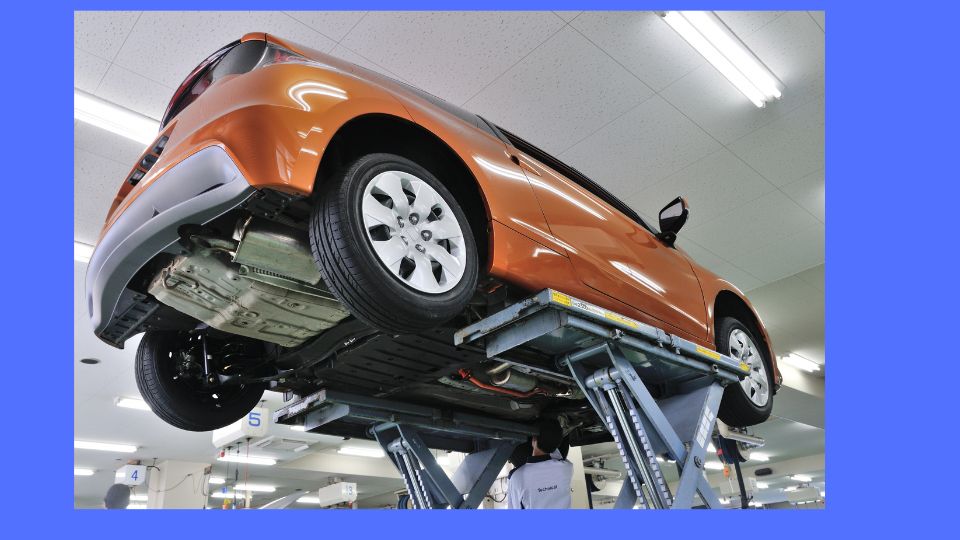Crucial Tips On Smaller Tires On Trucks
Apart from facilitating a smooth ride, the entire weight of a truck rests on the tires all the time. A truck requires suitable tires for efficiency and better performance. Although some people prefer to install larger tires for boldness, others prefer smaller tires for aesthetic reasons. Smaller tires are the best choice for a truck. Therefore, it is essential to understand if installing smaller tires for your truck is necessary.
Pros of Smaller Tires on A Truck
Smaller-size tires experience less sidewall rolling when making a sharp turn, improving traction and handling. The smaller diameter of the wheels allows more torque to the driving surface.
When driving at the same speed, smaller tires will spin faster than the larger ones and thus will require higher engine RPMs. Since they spin faster, smaller tires offer more towing power than larger ones, and this is because they transfer more torques to the ground.
Installing smaller size tires will lower your truck and boost its aesthetic, but a smaller tire for aesthetic purposes may interfere with the performance of your truck.
Con of Smaller Tires on A Truck
Switching from big to small tires may not be the best option if your manufacturer does not recommend it.
Installing smaller tires may be relatively expensive since you need to lower parts of the suspension system, such as the arms, brackets, springs, stabilizing bars, and shocks. Performing these modifications is expensive and might also alter the computer system of your truck.
Smaller tires can give a faulty reading on your odometer and speedometer. Anti-lock brakes might malfunction, cause transmission problems, and lead to the appearance of an engine check light. You can also encounter wheel alignment problems and problems with the advanced driver assistance safety systems.
Smaller tires reduce ground clearance, making it relatively hectic during extensive off-road driving. Your truck can collide with road debris that can damage vital parts under it, such as the oil pan. Low ground clearance also makes it relatively hard to get into parking lots.
The higher torque from faster rotation and engagement with the pavement makes the small tires age and wear out faster. If your rim size is smaller than the overall wheel diameter, be cautious and ensure the brake rotors and the calipers have adequate clearance that enables the wheels to rotate freely.
Can I Put Smaller Size Tires On My Truck?
Small tires improve traction during winter seasons and general driving safety. Winter tires might be expensive, especially if the manufacturer recommends size 19 and above. Unfortunately, the prices of winter tires are not directly proportional to their sizes. For example, 16-inch tires might be more expensive than the common-size 17 tires.
You might end up buying non-winter tires when purchasing smaller winter tires. To avoid this, buy high-quality winter tires and the size your manufacturer recommends.
Conclusion
Smaller size tires are appealing and have various advantages and disadvantages. Depending on your test and preferences, you can opt for smaller tires. Winter tires are relatively expensive. When buying smaller winter tires, stick to the correct tire size as your manufacturer recommends.



